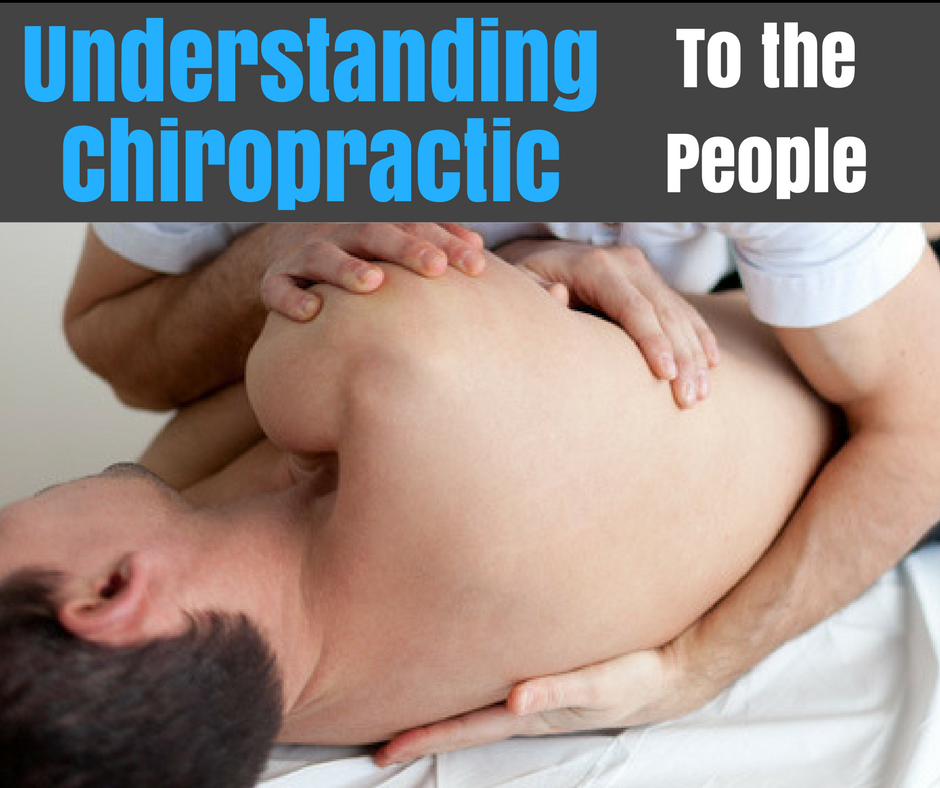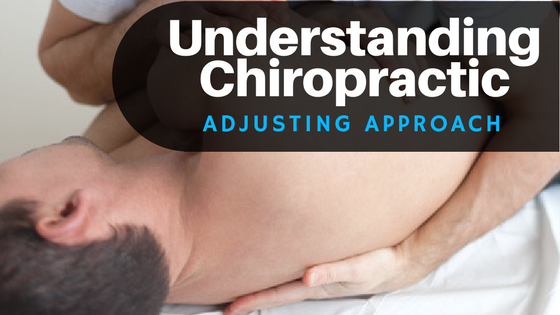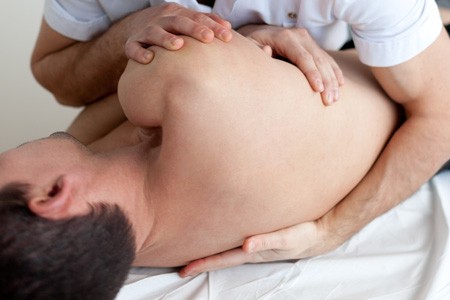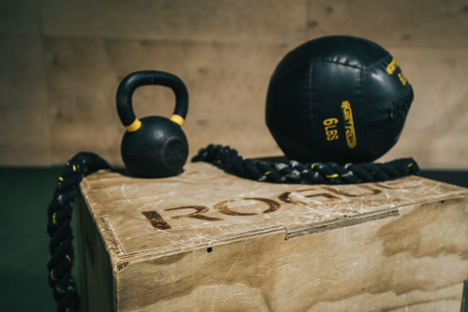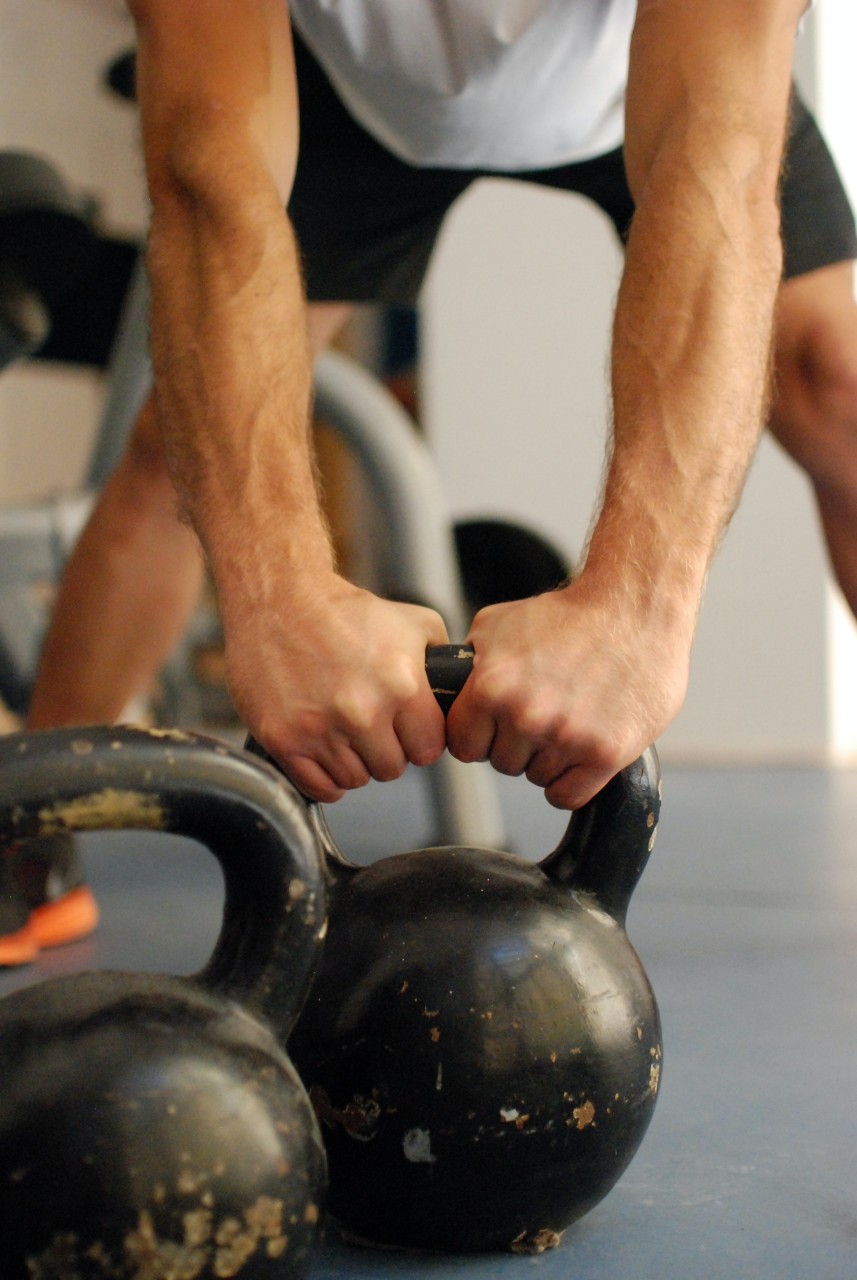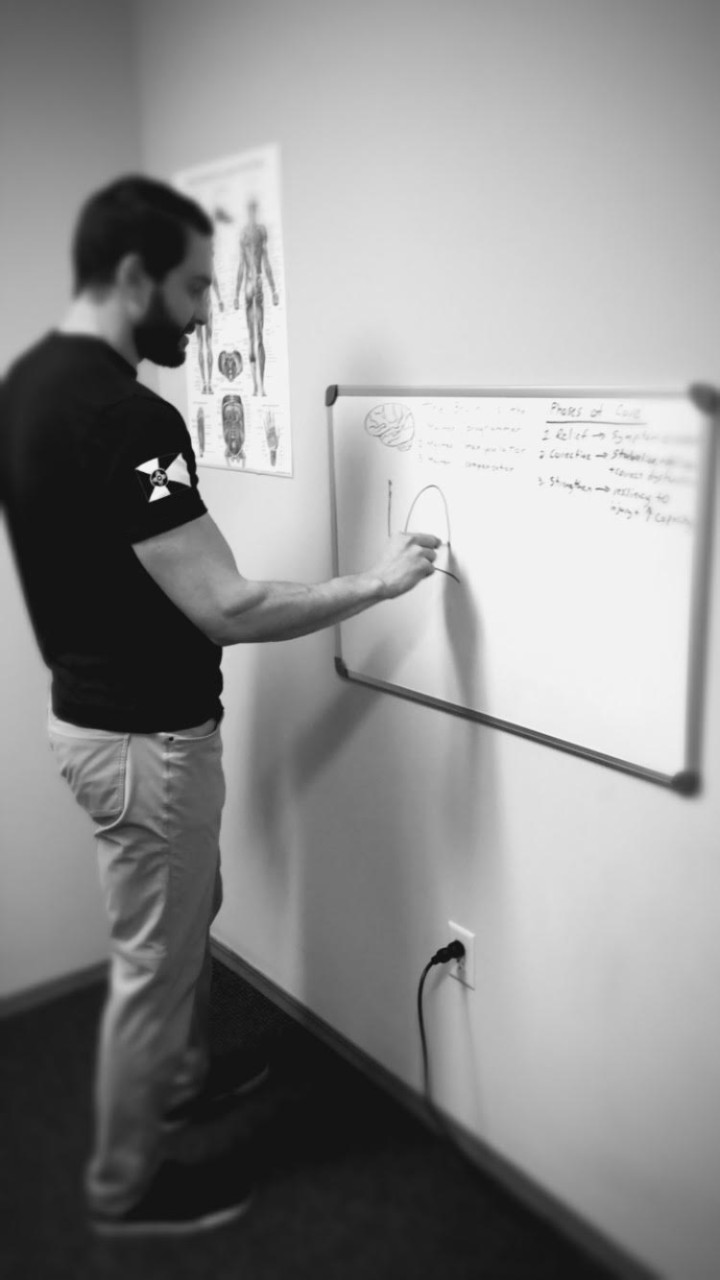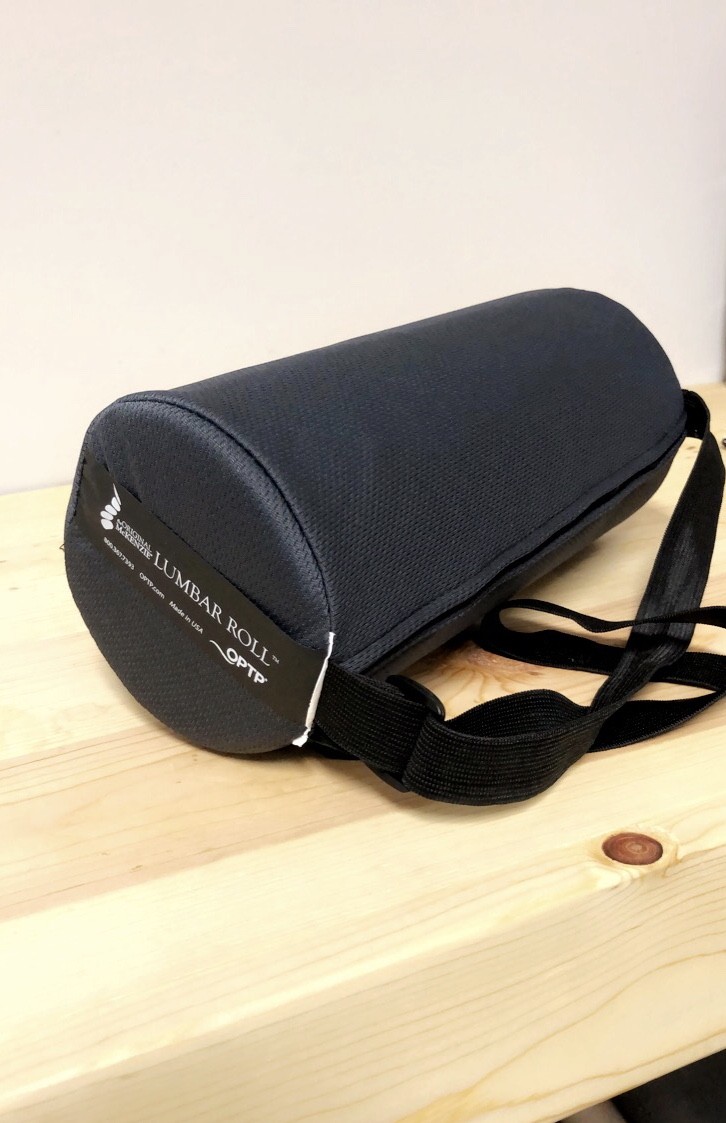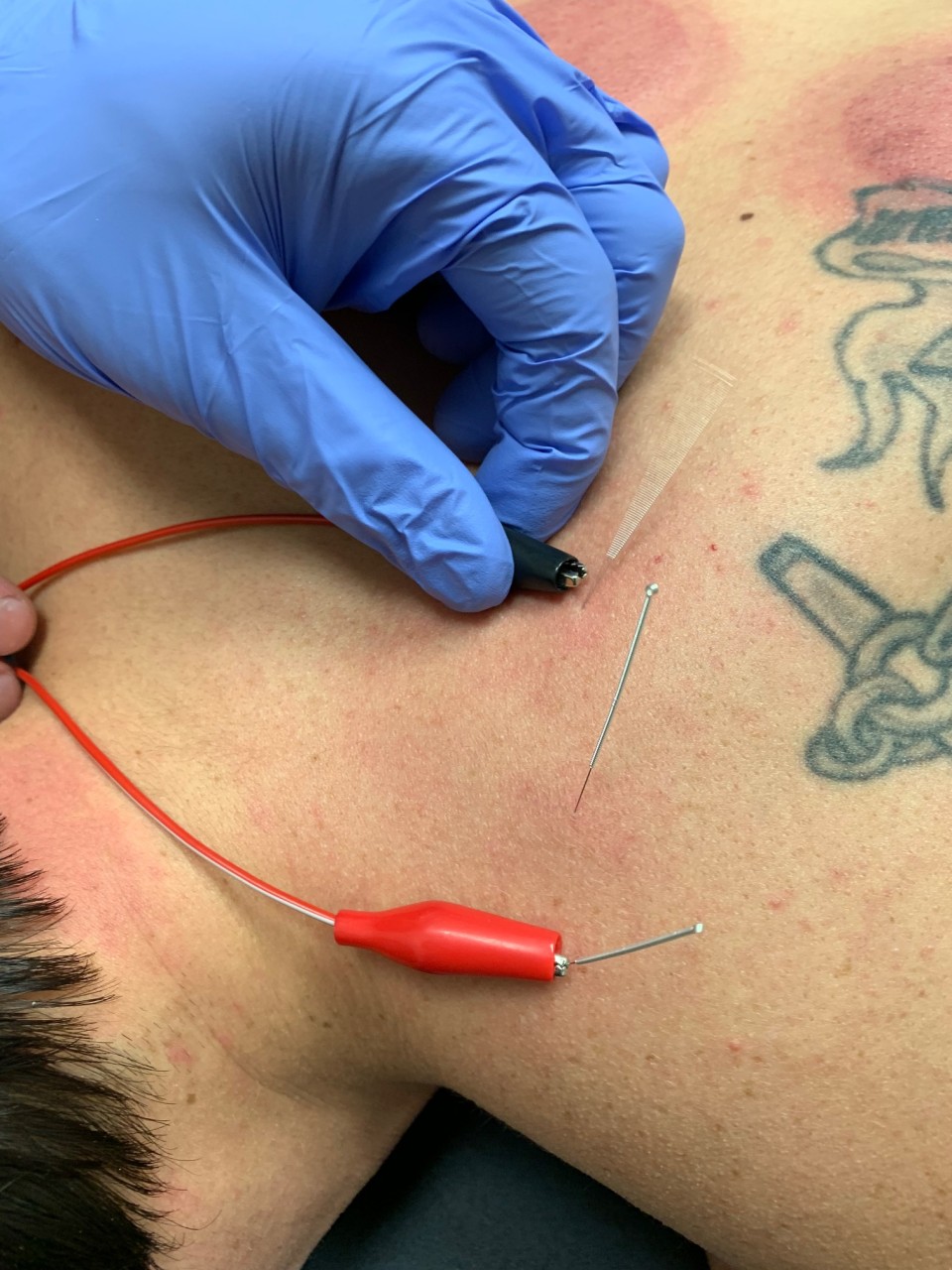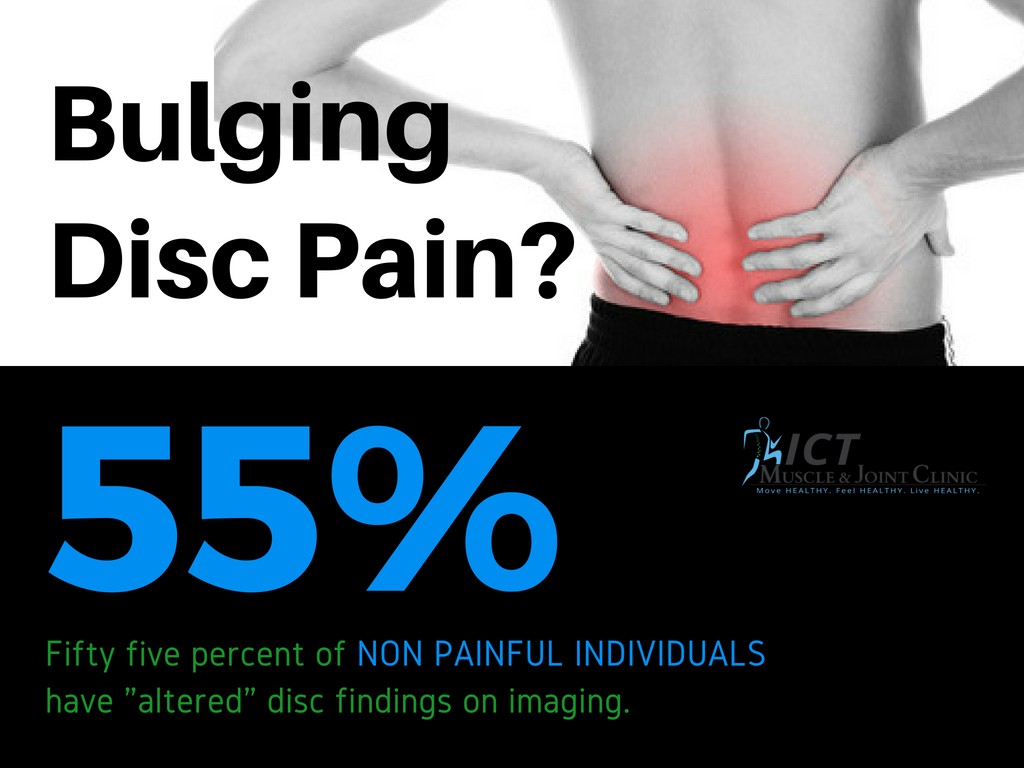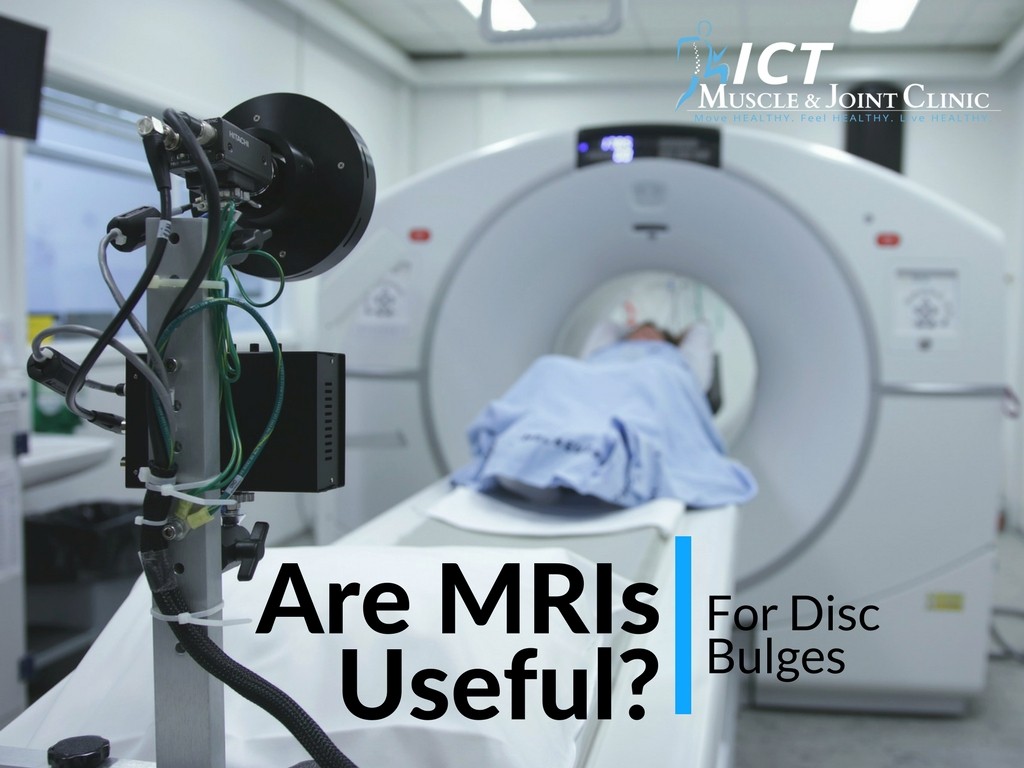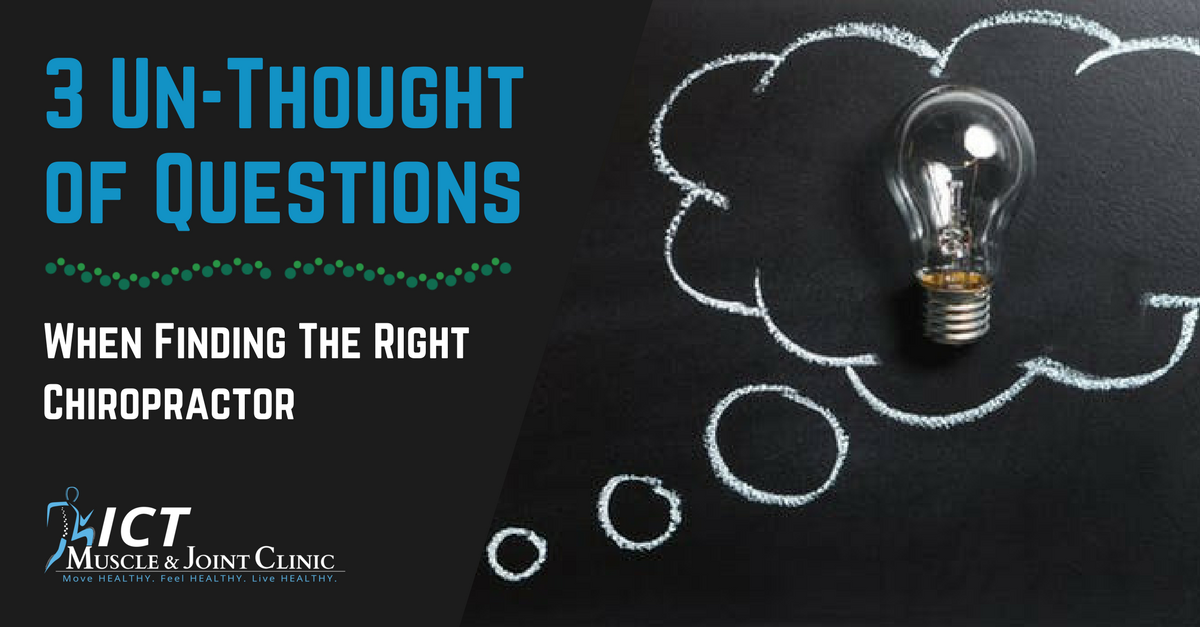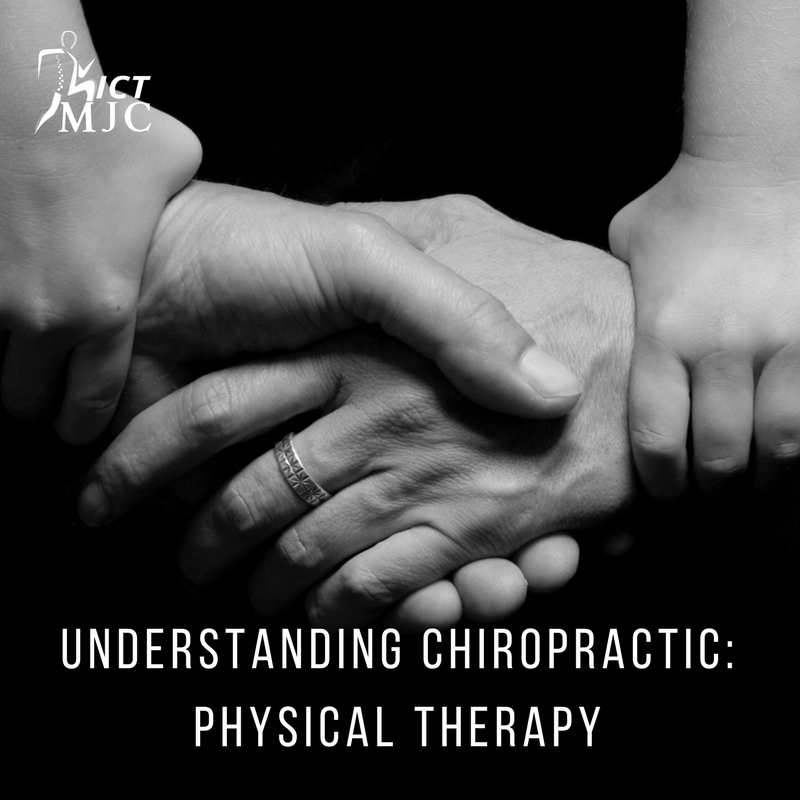When someone mentions chiropractic and its role within healthcare, you are most likely going to hear a broad range of opinions. This is largely due to the wide diversity in styles of chiropractors. There are chiropractors that adjust based solely on imaging, there are chiropractors that do not utilize any imaging, there are chiropractors that focus on nutrition alone, and then there are a variety of options in-between. Vast options exist to best suit your personality, needs, health, wellness, and fitness goals. Chiropractic is a wonderful and amazing profession for its diversity, however, its unclarity in regards to scope of practice creates a major problem.
Defining what chiropractic is to the public is just as confusing to the profession itself. Throughout graduate school, chiropractic is taught as a "Science, Philosophy, and Art." Depending on the personality of the future chiropractor, they may lean toward one of these pillars more so than the others. For both Rachel and me, we found our salvation through a group called Motion Palpation Institute (MPI). It was the first group that clicked with us; MPI laid the foundation upon which we stand. To understand the turmoil in the profession, it helps to understand the "camps", in regard to the adjustment. In chiropractic, you will typically find two camps: a static model and a movement-based model.
Last weekend, Dr. Rachel and I traveled to the ‘burbs of Chicago, Illinois, to better our skills and knowledge of Dynamic Neuromuscular Rehabilitation (DNS). We decided to drive the 10+ hours with a future college of ours, and as any chiro-nerd will do, we talked about topics related to our profession the entire time including: our shortcomings, our successes, expectations for this specific DNS course, and how to better integrate DNS into our chiropractic approaches. Like many things in life, it helps to put thoughts into words, so, this blog is a way for us to express what DNS and chiropractic is in our eyes, and also our goals to help better our Wichita community through combining them together.
"Knowledge is, by far, the most powerful tool to treat and cure pain. More powerful than any pill." - Dr. David Butler, author of "Explain Pain".
I am always asked “When should I come see you” or “When should I see a chiropractor”. These questions are not always clearly outlined by the chiropractic profession. If you ask 5 different chiropractors and you’ll probably get 5 different answers. For this blog, let us tackle “When should I see a chiropractor” based on my symptoms.
There are a lot of misconceptions and confusion that come with rehab and recovering from an injury. Some common questions we have pop up or know people are wondering are: why am I having to do exercises at home? Can’t you just “fix” me with your treatments at your office? Why I am doing these low-grade rehab exercises at the beginning? Why am I continuing to come and progress with exercises if I am out of pain? These are just to name a few, and we will try to answer each as best we can.
There are two things behind this idea. One that everyone should be treated with the same presence, time, listening, care and attention to detail as an athlete is in today’s culture of rehab. Two that care should be dictated toward getting the patient back to moving better and finding or encouraging a movement practice they love. Just like when we are doing a “return to play” strategy with an injured athlete.
Did you know the originator of the R.I.C.E (rest, ice, compression, elevation) protocol has since redacted his stance on such for recovery of tissue/s? This was created in 1971, by Dr. Mirkin, as a standard for addressing acute injuries and has since been utilized for decades for recovery and pain management. Unfortunately, this outdated protocol is still used by athletes, in sports medicine facilities, chiropractic, physical therapy and medical clinics as a means to address injured tissue.
The ICTMJC Mindset
If you knew Patrick Mahomes was going to come to the presentation you were doing, how much more would you prepare, wanting to give the best presentation of your life? Maybe you could care less, but you get the point. The majority of people would automatically prepare like an over-caffeinated-mad-man to make sure the presentation was top notch. But what if we treated everyone like that? What if we were fully present and brought our “A” game with everybody? What if we went that extra mile no matter who was in front of us? This is the mindset we at ICT Muscle & Joint want to have. Nobody is more important than anyone else. Everybody deserves that world-class-athlete-treatment.
Happy New Year Wichitans! Hope everyone had a safe and fun holiday season. With the new year comes reflecting on goals and resolutions to make 2020 the best year yet. Keeping that in mind, we wanted to roll out a new series describing a concept that is near and dear to us at ICT Muscle & Joint and our goals for patient care: Treating Everyone Like an Athlete.
In today's technology age, most people spend a lot of time sitting at desk looking at a computer, or looking down at their phone. There is nothing wrong with this posture. I'll say it again, THERE IS NOTHING WRONG WITH THIS POSTURE. I wrote this while sitting in that position. However, because of this position and how gravity works, our postural muscles work as our anti-gravity muscles. Without them, we would technically face-plant on our computers and phones 🤦♂️.
Depending on who you ask, you may hear how similar or how different these two service therapies are. However, Dry Needling and Acupuncture have both, similarities and differences.
Potential Adverse (Unwanted) Risks:
• punctured lung
• vasovagal response – feeling lightheaded or flushed
• muscle soreness
• fatigue
• bruising
• pain during insertion
• fainting – typically occurs in individuals who have had prior issues with needles (i.e. giving blood)
Cupping Therapy can be categorized into three, main, different styles: Hot Cupping, Wet Cupping, and Dry Cupping. One style may have an advantage over another depending on the situation. However, our doctors at ICT Muscle & Joint Clinic largely use different Dry Cupping strategies to treat pain when Cupping Therapy is appropriate.
The subtitle here should read, “Enter the Gauntlet.” Disc pain is more variable than any other type of “true” musculoskeletal related pain. It almost seems like there is no rhyme or reason in symptoms. Disc related pain can even be the source of pain behind other unresponsive diagnoses such as: carpal tunnel, plantar fasciitis, and IT band syndrome.
This question is becoming more and more controversial for neck and low back pain. For the past few decades, healthcare has largely based its treatment options for disc herniations on image findings (X-ray, MRI, CT Scans). With these advanced tools, one would think positive outcomes with disc herniations would be significantly higher; however, different types of clinicians come to different conclusions when using different diagnostic and clinical tests. (1,2) This creates an approach based on a doctor’s theory of pain rather than a comprehensive, evidence-based approach.
With chiropractic care you never know what you are going to get. Google, Facebook, and Yelp reviews can help (though sometimes misleading), or maybe a family member or friend referred you to a specific chiropractic clinic or practitioner.
The concept that chiropractors can perform physical therapy is almost unknown; chiropractors can perform and bill for physical therapy depending on passing of the appropriate board examination. Some chiropractic schools do not focus on physical therapy as part of their curriculum, and in doing so, those students and graduate doctors are not capable of billing for physical therapy. A state's allowed scope of practice can often influence a school's opinion on providing this type of education. Some chiropractic schools do not offer education in physical therapy because surrounding states' scopes of practice do not allow chiropractors to bill physical therapy to insurance companies and therefore that school unfortunately does not teach physical therapy.
